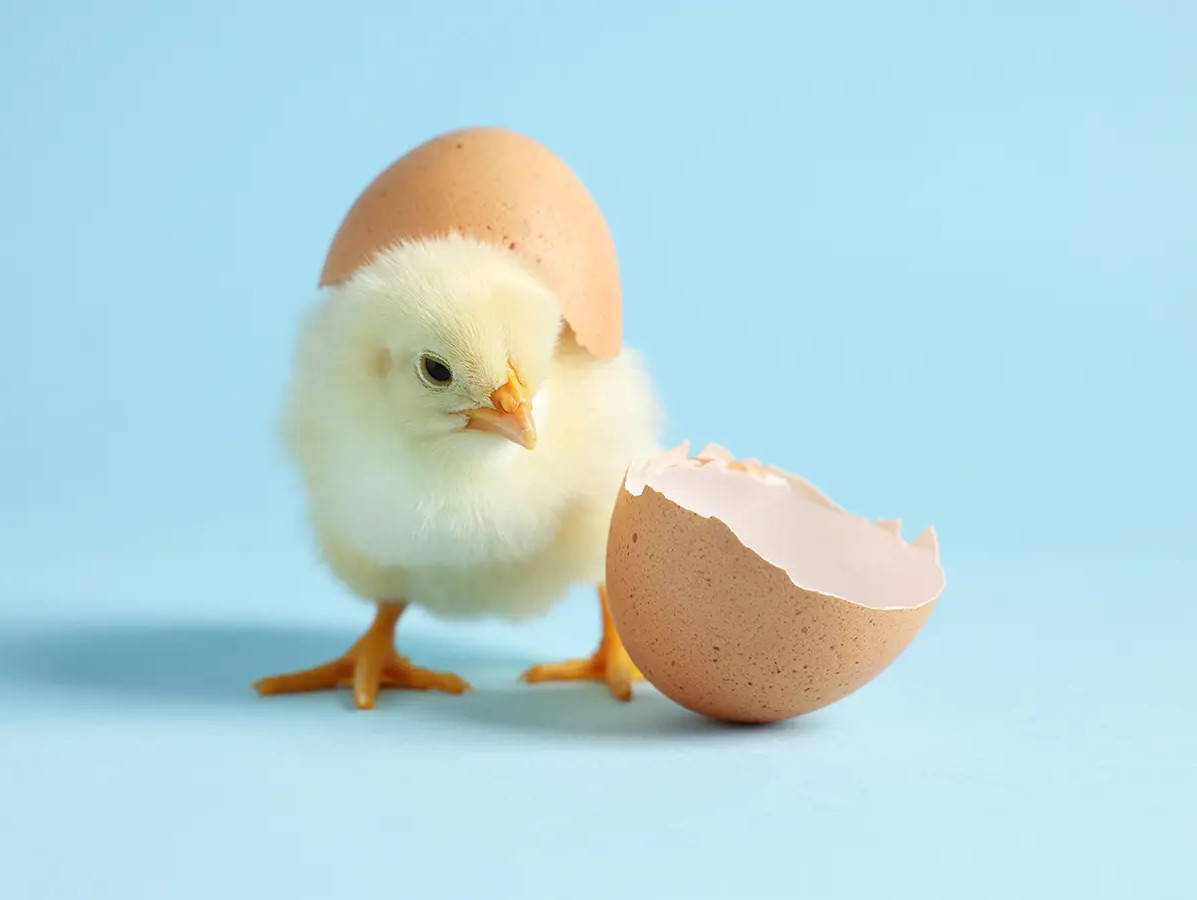
The Dutch hatching egg market is rebounding after several turbulent years. Falling feed costs and a sharp rise in demand for chicken are pushing prices up significantly, both within and outside Europe. The impact of avian influenza and geopolitical tensions continues to shape international trade.
In 2024, Dutch hatching egg exports increased by around 20 to 25%, reaching 70,000 tonnes. About 40% of this volume went to non-European destinations. Production in Europe grew nearly three times faster than in other regions. Germany, Belgium and Poland were the main buyers, with additional growth in countries like France, Austria and Spain. One key driver behind the surge is the increased demand for chicken in Europe, which rose by nearly 5% in 2024.
The Netherlands is also gaining ground outside Europe. Exports to the Middle East and Africa grew by roughly 10% in 2024—twice the European average. Iraq and Saudi Arabia lead the way, with Dutch market shares between 50 and 70%. Ukraine and several African countries are becoming increasingly important destinations. Growth in Africa, however, remains more volatile due to currency fluctuations and outbreaks of animal diseases.
Globally, avian influenza remains a key factor. Outbreaks in Turkey at the end of 2024 led to price increases, benefitting Dutch exporters. At the same time, domestic outbreaks pose a real risk. According to Rabobank, global demand for poultry meat is expected to grow again in 2025, with additional opportunities in Africa and the Middle East. Still, it remains crucial not to rely too heavily on just a few export markets.
Source: Rabobank